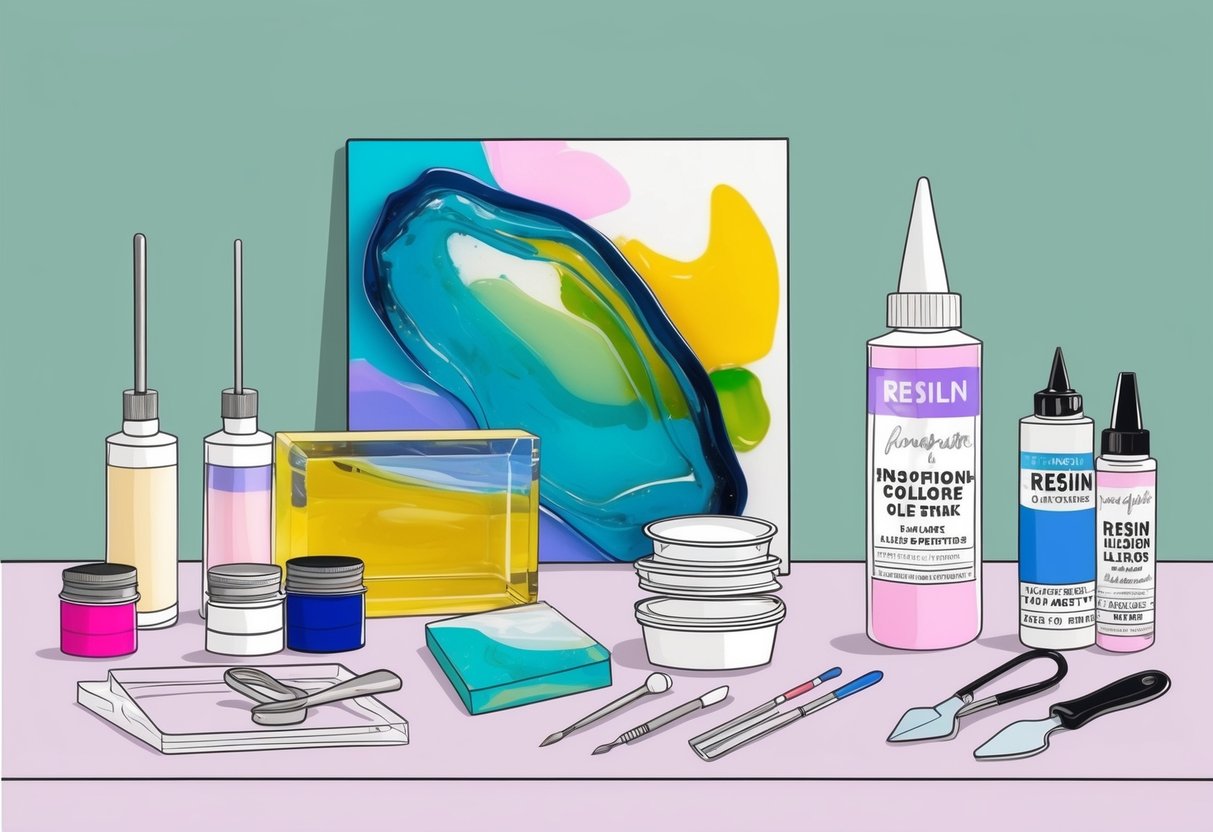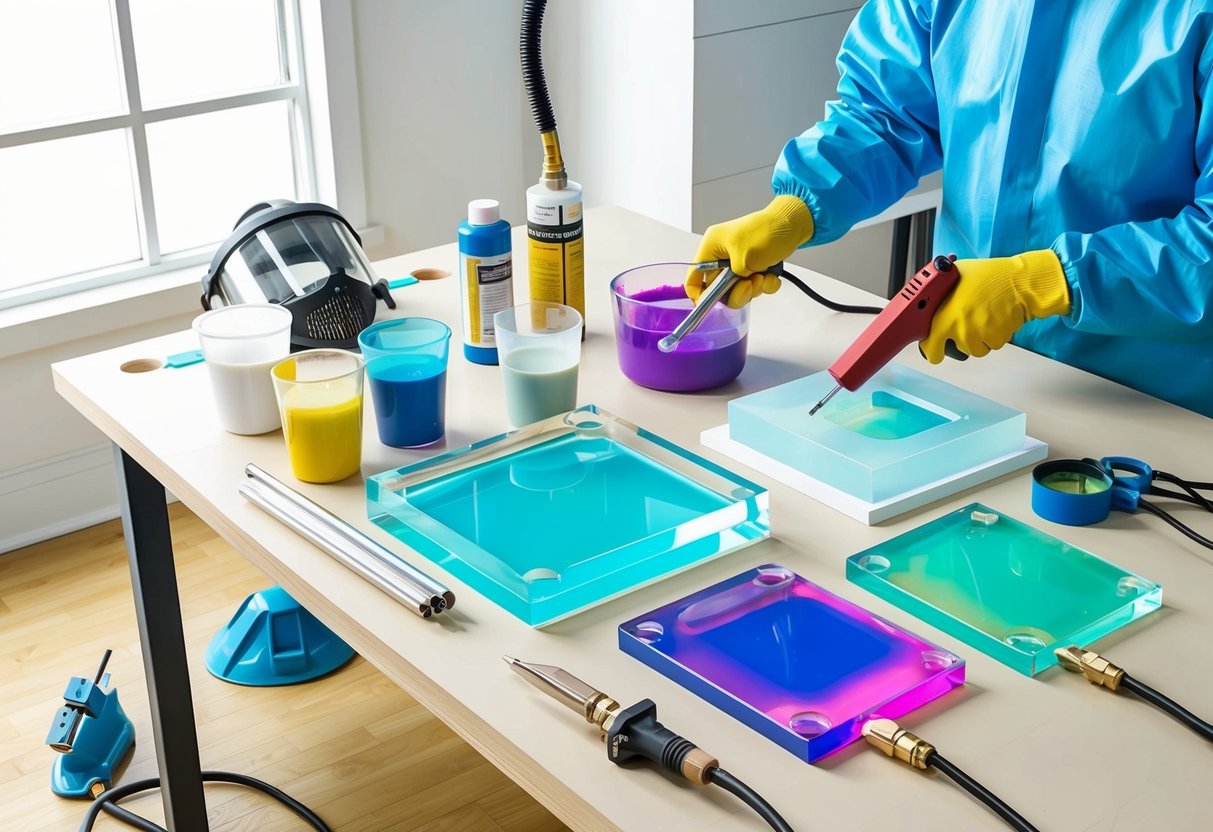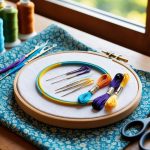
Working with resin has become an increasingly popular way to create striking, custom home decor pieces. DIY resin art tutorials make it easy for anyone to explore unique designs, experiment with vibrant pigments, and craft functional decor items with their personal touch.
Countless hobbyists enjoy the flexibility of resin projects, from simple coasters and serving trays to intricate wall art using dried flowers, color powders, and household molds.
Anyone looking to explore creative home improvement can benefit from practical, straightforward resin art tips. With easy techniques and minimal materials, people can start with projects like trays or decorative dishes.
Gradually, new skills such as layering, embedding, and finishing resin surfaces can be learned. Those seeking fresh ideas can find inspiration in video guides demonstrating easy epoxy resin projects, ideal for beginners and experienced crafters alike.
Choosing the Right Resin for DIY Projects
Selecting the correct resin is essential for getting professional, durable, and visually appealing results with DIY home decor. Types of resin differ in clarity, workability, cure speed, and suitability for various decorative uses.
Epoxy Resin vs. Other Types
Epoxy resin is one of the most popular choices for DIY resin art due to its versatility and strong bonding capabilities. It typically comes in a two-part formula (resin and hardener) that, when mixed, cures to form a solid, durable, and clear surface.
This is ideal for projects like trays, coasters, and wall art. Other resins, such as polyester and polyurethane, are available but less common in home decor art projects.
Polyester resin cures faster but has a strong odor and can yellow over time. Polyurethane resin is often used for casting but may not give the crystal-clear finish most artists want.
Epoxy resin, like Amazing Clear Cast Epoxy and EasyCast Resin, remains a favorite for those seeking both clarity and user-friendly handling, as described in beginner DIY guides like this tutorial.
Clear Resin and Brilliant Resin Options
Clarity is crucial for creating stunning resin art pieces that highlight embedded objects, colors, and designs. Clear resins are formulated for high transparency, ensuring any embedded items or pigments show vividly with minimal cloudiness.
Brilliant resins are premium clear formulas that enhance shine, color depth, and optical quality. When choosing a clear or brilliant resin, look for ones that offer UV resistance to prevent yellowing and maintain clarity over time.
EasyCast Resin and Amazing Clear Cast Epoxy are well-known for their excellent transparency and are recommended for projects where visual appeal is key. These resins typically have low odor and self-level well, making them practical for both beginners and experienced artists.
Sourcing Resin from Craft Stores
Most major craft stores carry a range of resins suitable for home decor and art projects. Local stores and online retailers often stock brands like EasyCast Resin and Amazing Clear Cast Epoxy.
Packaging may include small trial kits for beginners or larger containers for frequent projects. Shoppers can compare prices, read product descriptions, and check reviews to find a resin that fits their needs.
Some stores offer starter kits with mixing cups, stir sticks, and safety gear, helping beginners get started quickly. For more in-depth purchasing advice and project ideas, consider resources from retailers like this beginner’s guide.
Essential Tools and Materials

Selecting the right tools and materials ensures smooth results and a quality finish in resin art projects. Understanding product differences and using effective techniques helps beginners and experienced artists create durable, eye-catching pieces.
Molds and Mold Release
Molds shape the final resin creation and are available in silicone, plastic, and specialty materials. Silicone molds are the most popular because they are flexible and reusable, making it easy to remove cured resin pieces.
Artists may choose from geometric shapes, coasters, trinket trays, or custom forms. Mold release agents prevent resin from sticking to the mold, preserving both the mold and the finished item.
A light spray of mold release before each pour helps ensure clean demolding and protects delicate details. Mold release is especially important for complex and intricate mold designs.
Beginner kits often include basic shapes, but as skills develop, artists can opt for custom molds or create their own using silicone putty. Always inspect molds for dust or debris before use to avoid surface imperfections in cured resin.
Colorants: Mica Powders and Resin Colors
Adding color is a defining aspect of resin artwork. Mica powders provide a shimmering effect and are widely used for their brilliant metallic and pearlescent hues.
Mixing mica powder into resin offers a range of colors, from subtle tints to bold, saturated finishes. Color creator mica powders allow for custom shades by combining multiple pigments.
Liquid and paste resin colors are also available, offering options for transparent, opaque, or pastel results. Choosing high-quality pigments ensures color stability during the curing process and prevents fading over time.
Artists can create layered effects, color gradients, or intricate patterns by combining different colorants. Always add color slowly and test on small batches first for best results.
Glitter, Glass Crystals, and Embellishments
Resin art is enhanced by adding visual and textural elements such as glitter, glass crystals, and embellishments. Glitter comes in various sizes and shades, from fine metallic dust to bold chunky flakes, allowing artists to achieve a spectrum of effects.
It is best to mix glitter evenly into resin before pouring to avoid clumping. Glass crystals add dimension, sparkle, and a luxurious look to coasters, jewelry, and trays.
These elements can be embedded in layers to create depth. Other popular embellishments include dried flowers, gold flakes, and small charms.
Arrange embellishments with care using tweezers or toothpicks to maintain their position during curing. Applying a final clear resin coat seals and protects decorative elements, resulting in a polished, durable finish.
For creative ideas and starter tips, visit this resin art beginner tutorial.



